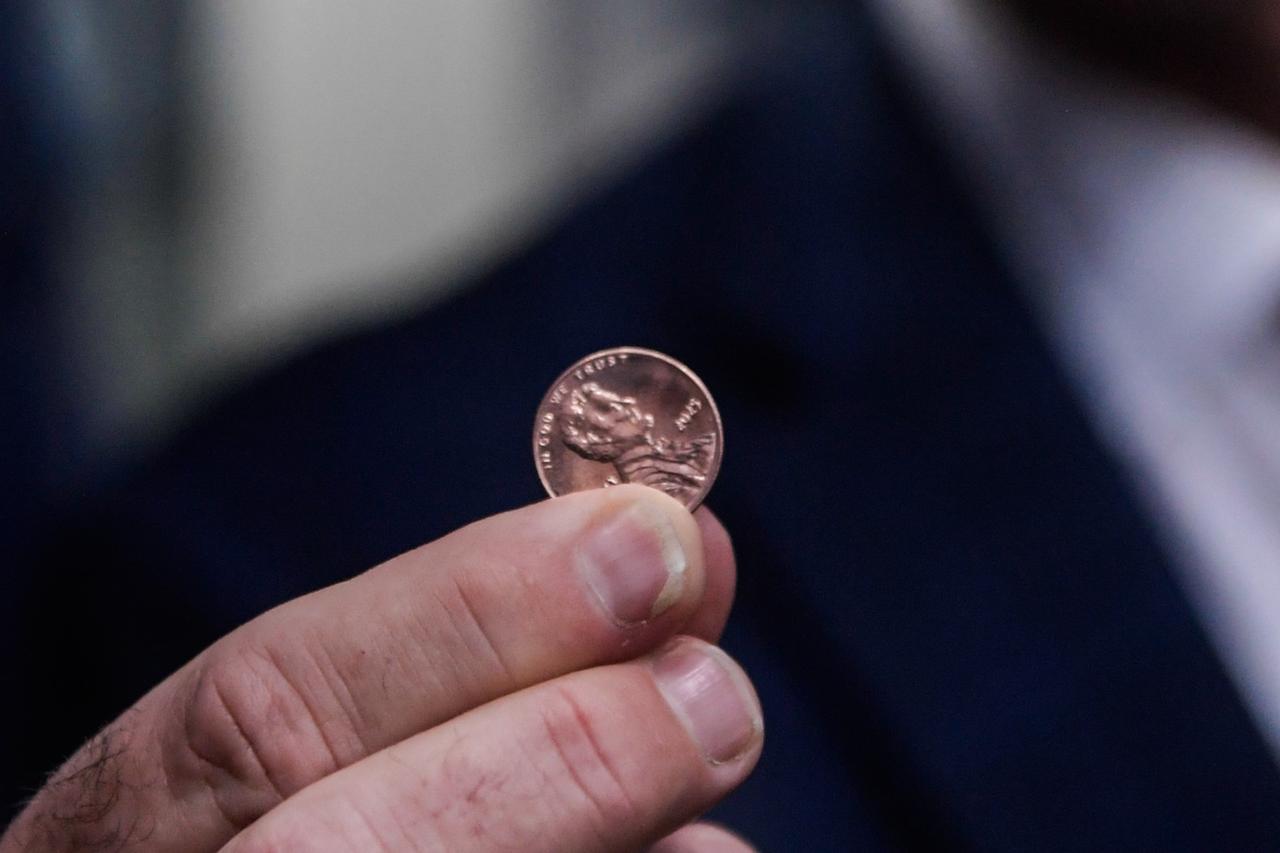
The United States Mint conducted a ceremonial pressing of the last circulating penny on Wednesday, marking the end of production for the one-cent coin after more than two centuries in American commerce.
The final pressing follows the Trump administration's decision six months ago to halt production of the denomination, citing production costs that have climbed to nearly four times the coin's face value. The penny, first authorized under the Coinage Act of 1792, became economically untenable as manufacturing expenses reached 3.69 cents per coin.

While the Mint has ceased producing pennies for circulation, the coin remains legal tender across the United States. The agency estimates approximately 300 billion pennies currently exist in circulation—a supply officials say far exceeds commercial demand.
The Mint clarified in a statement that retailers and businesses may continue pricing goods and services in one-cent increments despite the production halt. The agency will maintain limited production of numismatic versions for collectors and historical preservation.
Production costs for the penny have increased dramatically over the past decade, rising from 1.42 cents to 3.69 cents per coin. These escalating expenses prompted President Donald Trump to announce the production freeze in February.
"For far too long the United States has minted pennies which literally cost us more than 2 cents," Trump wrote on Truth Social. "This is so wasteful!"
The president instructed Treasury Secretary to cease new penny production, framing the decision as a fiscal necessity. The announcement represented a significant shift in US coinage policy, ending production of the nation's longest-running coin denomination.
The penny has functioned as a cornerstone of American currency since the republic's earliest days, serving generations of consumers in daily transactions. According to the Mint, the coin played a continuous role in commerce from the founding era through modern digital payment systems.
However, the agency noted that changing consumer behavior and economic realities have diminished the penny's practical utility. The combination of production costs and evolving payment methods ultimately rendered continued minting unsustainable.